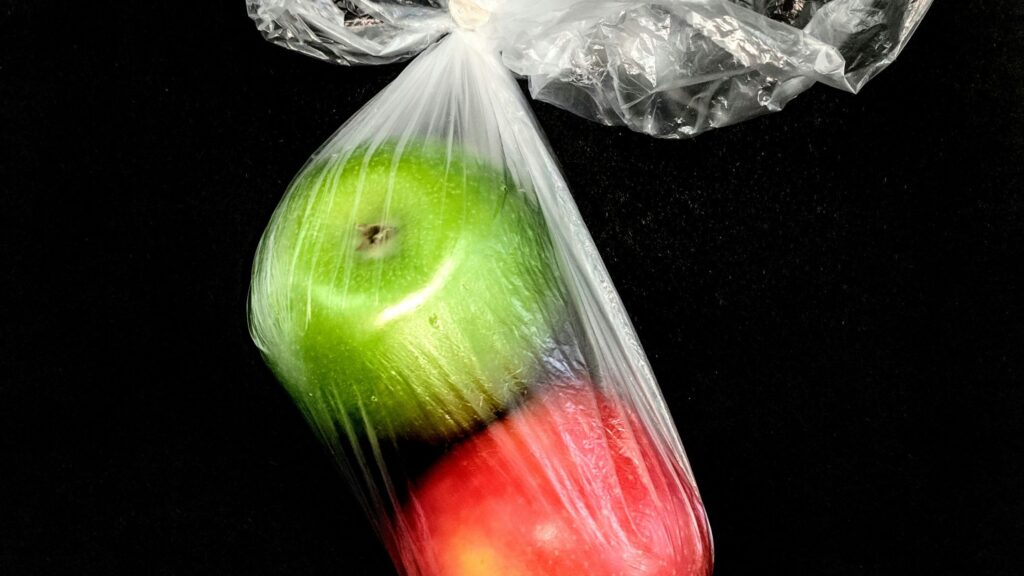Microplastics are one of the rising issues in public health. The issue is rising since most food sectors use plastic for packaging and supplies. As a result, there is a lot of plastic in food and water. So, using high-quality products and employing the best ways to protect your body from microplastics in food and water is essential.
Microplastics In Food And Water
Microplastics are the tiny molecular pieces of bigger plastics broken down during their life cycles. Due to this, they are mixed within the environment (air, water and even soil), getting inside the human body.
Health Impact of Microplastics
Microplastics can have a wide variety of health impacts on the human body. Some studies suggest that microplastics can have severe problems in the endocrine and reproductive systems. Additionally, some tests showcased the presence of microplastics in the male genitals.
Sources Of Microplastics In Food
There are many different sources of microplastics in the water and food supply. Below are some of the significant examples of such sources.
- Fruit & Vegetables
- Salt
- Tea
- Bottled Water
- Beer
- Wine
- Rice
- Fish & Shellfish
Methods to Detect Microplastics in Water
Different scientific methods employ advanced technologies to detect the presence of microplastics in the environment. Such methods detect microplastics in small samples and provide valuable study information.
- Filtration and Microscopy
- Chemical Analysis Techniques
- Simple At-Home Tests
Reducing Exposure To Microplastics
The harmful effects of microplastics on the human body are just the beginning of a dangerous situation. So, it’s best to reduce their exposure in our daily lives.
Here are some ways to reduce microplastics exposure in your lives.
- Reduce Junk Foods
- Eliminate Using Plastic Bottles
- Use Water Filtration
- Clean Fruits And Vegetables With Filtered Water
Conclusion
Microplastics, small molecular pieces of larger plastics, are a growing public health issue due to their presence in food and water.
They can cause health issues in the endocrine and reproductive systems. Sources include fruits, vegetables, salt, tea, bottles, beer, wine, rice, fish, and shellfish.
To reduce exposure, reduce junk food, eliminate plastic bottles, use water filtration, and clean fruits and vegetables.
Frequently Ask Questions (FAQs)
How do we identify microplastics in food?
Advanced spectroscopy is one of the best methods for identifying microplastics in food or water bodies.
How do you know if something has microplastics?
Check the packaging ingredients for food materials to know if they are free from polyethylene or polypropylene.
How do you avoid microplastics in food?
The best way to avoid microplastics in food is to avoid single-use plastic in your daily lives.

